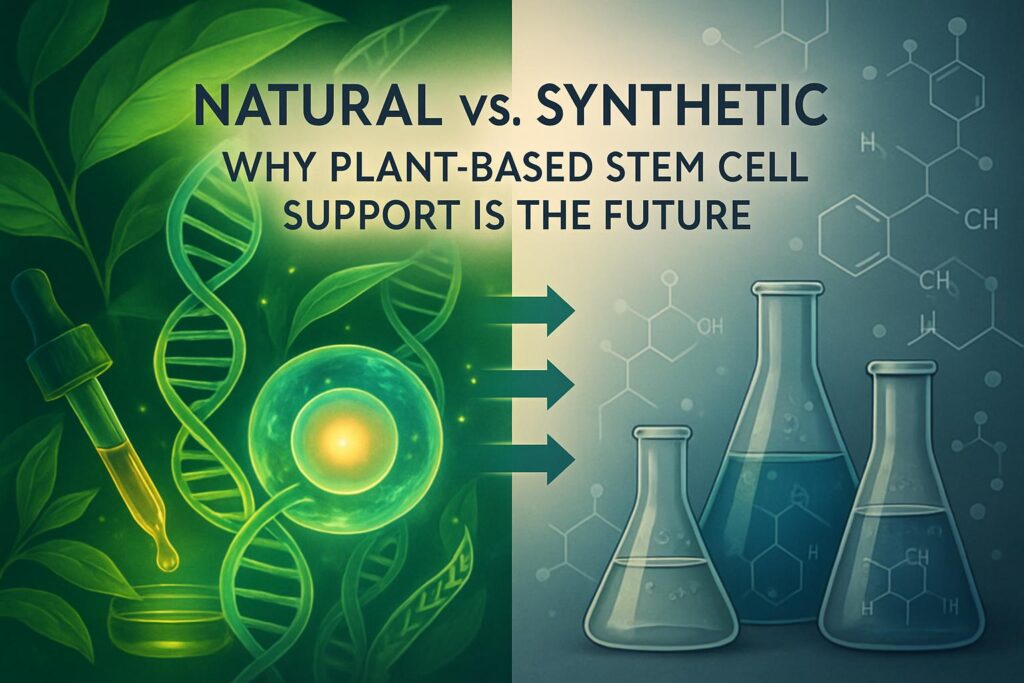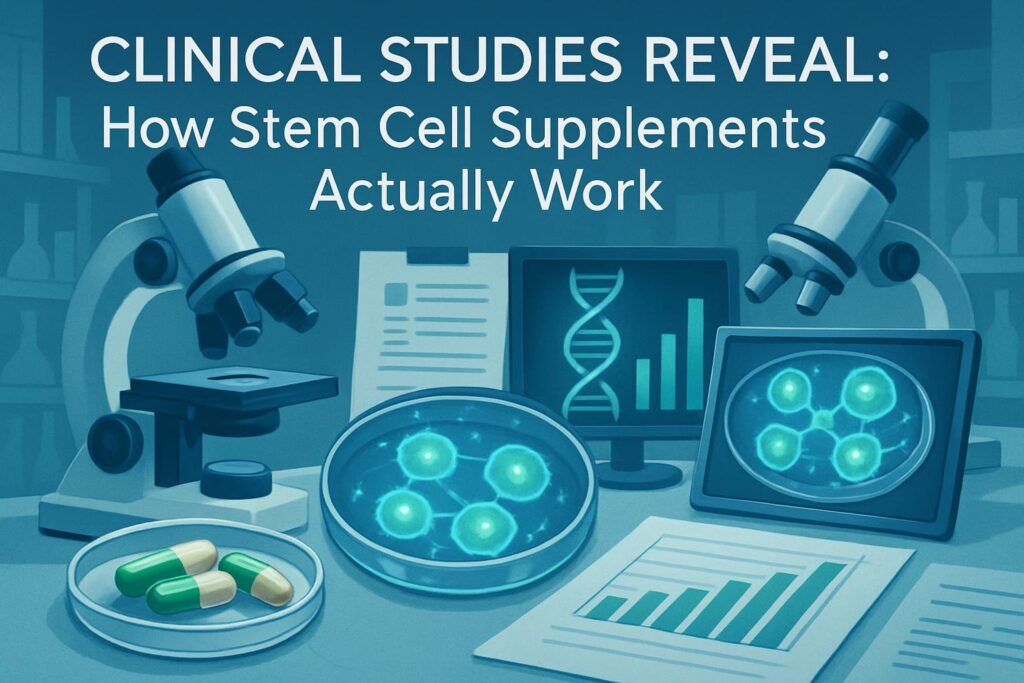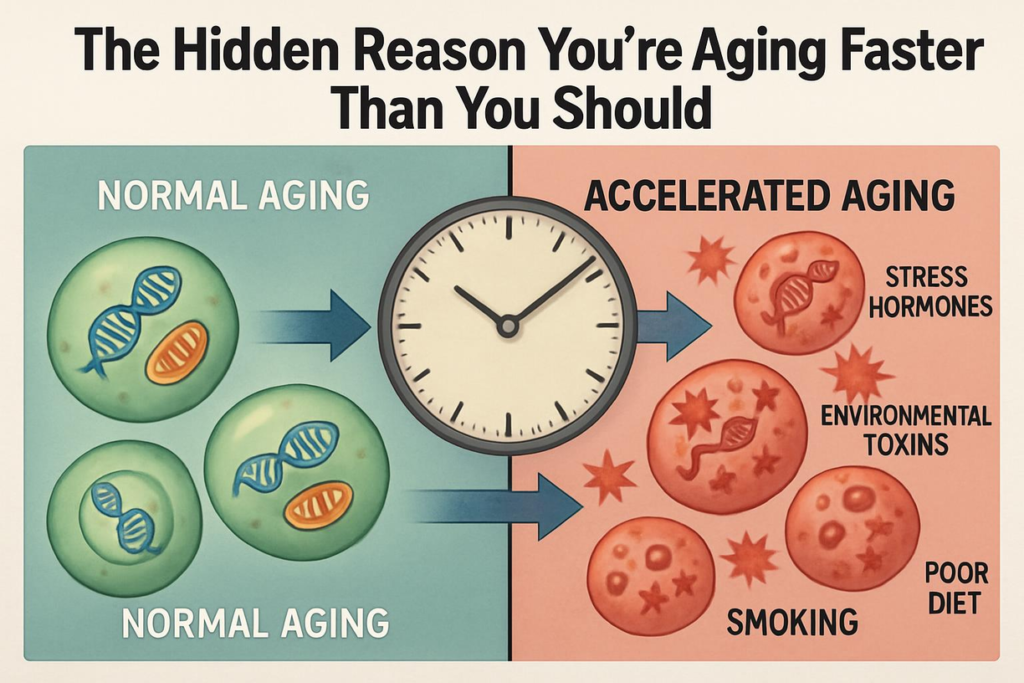When faced with leukemia, a type of cancer that launches a stealthy and devastating attack on the body’s blood-forming tissues, patients and their families often feel as though they’ve been cast adrift in a tempestuous sea. However, amidst these turbulent waters, Hematopoietic Stem Cell Transplantation (HSCT) emerges as a life-saving beacon of hope, offering a chance to navigate back to the safety of remission and health.
HSCT, often used interchangeably with bone marrow transplant, is not merely a treatment but a medical odyssey that entails replacing the diseased marrow with healthy hematopoietic stem cells. These cells are the unsung heroes in the narrative of blood cell production, tasked with the vital role of continuously replenishing the body’s blood supply. When the production line is compromised by leukemia, HSCT offers a chance to reboot the system, to start afresh with a new cellular foundation that can restore balance and health.
The transplantation journey begins with a match—the search for a donor whose cellular blueprint aligns with that of the patient. This match is as critical as finding a compatible crew for a voyage; without it, the journey could falter. Bone marrow transplantation from a matched sibling donor was the first successful type of HSCT. However, as our understanding of genetics and immunology has grown, so too have the possibilities for finding a donor outside of immediate family, including volunteer marrow donor registries and umbilical cord blood banks.
At its core, HSCT for leukemia is not just a single procedure but a complex, multidisciplinary approach that involves oncologists, hematologists, transplant specialists, nurses, and many other healthcare professionals. Each brings their expertise to navigate the patient through this challenging process. It’s akin to assembling a ship’s crew, each member playing a critical role in ensuring the vessel weathers the storm and reaches its destination safely.
The promise of HSCT is a testament to the tenacity of patients, the dedication of medical professionals, and the unyielding quest of science to turn the tide against leukemia. For many, HSCT represents not just a transplant but a lifeline—offering the chance to reclaim a life halted by the diagnosis of leukemia.
As we delve deeper into the intricacies of HSCT, we’ll explore the science behind the procedure, the process, the risks and complications involved, and the careful considerations required both before and after the transplant. This is a journey of hope, grounded in the most advanced medical science, and one that illuminates the path to recovery for countless patients around the globe.
The Science Behind HSCT
Understanding Hematopoietic Stem Cells
To truly appreciate the transformative power of Hematopoietic Stem Cell Transplantation (HSCT), one must first understand the intricate workings of hematopoietic stem cells. These remarkable cells are the wellspring of life within our bone marrow, functioning as the origin point from which all blood cells are born. Like a master key, they have the unique ability to unlock the potential to become any variety of blood cell needed—be it a red blood cell carrying oxygen, a white blood cell defending against infection, or a platelet patching up wounds.
Mechanism of HSCT
In the context of leukemia, these hematopoietic stem cells can become compromised. The disease disrupts their ability to function correctly, much like a corrupted blueprint that leads a builder astray. The result is an overproduction of abnormal white blood cells, which can crowd out healthy cells and lead to life-threatening complications. HSCT works by eradicating the faulty cells and introducing healthy ones, effectively rebooting the entire blood production system. It’s a procedure that can be likened to renovating a house from the ground up, ensuring that the new structure is sound and functional.
Types of HSCT
The two main types of HSCT—autologous and allogeneic—each offer unique benefits and challenges. An autologous transplant uses the patient’s own stem cells, collected and stored before being reintroduced after intensive treatment. It’s a self-replenishing process, akin to using one’s spare parts for repairs. On the other hand, an allogeneic transplant involves finding a donor—a compatible individual willing to donate their healthy cells to replace the patient’s diseased ones. This process is more complex, similar to finding a compatible organ donor, but it has the added benefit of introducing a new immune system capable of fighting any remaining leukemia cells.
In both scenarios, the goal is the same: to restore the body’s ability to produce healthy blood cells and give the patient a fighting chance against leukemia. This scientific marvel doesn’t just offer a treatment; it provides a potential cure, a reset button for a body besieged by disease.
HSCT for Leukemia Treatment
Indications for HSCT
Not all who face leukemia will walk the path of HSCT. The journey to transplant is reserved for those whose disease is aggressive or has relapsed, and for whom other treatments have not yielded the fortress of remission. It’s a beacon for those navigating the darkest waters of leukemia, offering a glimmer of hope when the standard therapies fail to illuminate a path forward.
Pre-transplant Considerations
Before setting sail on the HSCT journey, patients must be carefully assessed to ensure they are fit for the voyage. This preparation is a meticulous process involving a comprehensive evaluation of their health, the state of their disease, and an understanding of the potential risks and rewards. It’s akin to preparing for an expedition, ensuring that every possible scenario has been considered and planned for.
Conditioning Regimens
The conditioning regimen is the final step before the transplant, involving high doses of chemotherapy, and sometimes radiation, to clear the body of cancerous cells. This is not unlike clearing the land before laying new foundations—it’s a necessary step to ensure the best possible outcome for the patient.
The Transplantation Process
Stem Cell Collection and Processing
The collection of hematopoietic stem cells can be a journey in itself. For an autologous transplant, it involves mobilizing the patient’s own stem cells from the bone marrow into the bloodstream, where they can be collected. For an allogeneic transplant, it involves a rigorous search through marrow donor registries to find a suitable match. This process is a testament to the global connectivity and generosity of strangers, all rallying to the aid of those in need.
Infusion and Engraftment
The infusion of stem cells back into the patient is a pivotal moment, a quiet yet profound event that marks the beginning of a new chapter. Once infused, the cells journey to the bone marrow, where they begin the process of engraftment—taking hold and starting to produce new, healthy blood cells. This phase is critical, as it determines the success of the transplant, and is monitored closely by the medical team.
Post-transplant Care
After the transplant, the post-transplant care is as critical as the procedure itself. It involves a delicate balance of supporting the patient’s recovery, managing any complications, and ensuring that the new stem cells are functioning as intended. This phase can be fraught with challenges, but with a comprehensive care plan and the support of a dedicated healthcare team, patients can navigate through to a successful recovery.
Risks and Complications of HSCT
Short-term Risks
The journey through HSCT is fraught with potential hazards, much like navigating through a storm. In the immediate aftermath of the transplant, patients must contend with a host of risks. The body’s defenses are down, akin to a ship’s shields being lowered, leaving it vulnerable to opportunistic infections. The conditioning regimen itself is a double-edged sword; while it clears the way for new cell growth, it also leaves behind a scorched battlefield, susceptible to bleeding and anemia. This period requires a vigilant and responsive medical team, ready to address each challenge as it arises.
Long-term Complications
As the patient embarks on the road to recovery, they must also be aware of the potential for long-term complications. Graft-versus-host disease (GVHD) is among the most significant of these. It’s an internal tug-of-war where the newly infused donor cells recognize the patient’s body as foreign and begin to attack. This complication can be as unpredictable as the sea, sometimes manageable and at other times, stormy and severe. Other complications, such as organ damage and secondary cancers, can also emerge, requiring ongoing monitoring and intervention.
Managing Complications
To manage these risks, the patient’s care team employs a strategy akin to the checks and balances used in navigating a ship. Medications to prevent and treat infections and GVHD are the ballast keeping the vessel stable. Regular check-ups and tests are the navigational charts that help avoid unseen obstacles. The goal is always to maintain a course that maximizes recovery while minimizing the impact of complications.
Outcomes and Success Rates
Factors Influencing Outcomes
The success of an HSCT is influenced by an array of factors, much like the outcome of a voyage depends on the crew, the vessel, and the conditions at sea. Factors such as the type and stage of leukemia, the patient’s overall health, the quality of the donor match, and the timing of the transplant all play pivotal roles in determining the outcome. Additionally, the specific characteristics of the disease, such as genetic mutations, can also affect the success rates.
Statistics on Survival Rates
The survival rate after HSCT can be promising, with many patients achieving long-term remission. However, it’s important to navigate these statistics with a clear understanding that they represent a broad overview of varied individual journeys. For instance, patients with acute myeloid leukemia (AML) may have different survival prospects compared to those with other types of leukemia.
The Role of Research
The evolving landscape of HSCT is charted through the ongoing efforts of clinical research. Each clinical trial contributes to a greater understanding of how to improve the process, refine pre- and post-care, and enhance the overall success of the transplant. Research is the compass that guides medical professionals toward safer, more effective HSCT protocols, significantly impacting leukemia treatment outcomes.
Ethical and Legal Considerations
Ethical Concerns
The realm of HSCT is navigated not only through scientific and medical expertise but also through a strong ethical compass. Ethical considerations touch upon the source of stem cells, the process of donor consent, and the equitable allocation of resources. It’s about ensuring that the journey through HSCT is just and fair, respecting the dignity and rights of all passengers on this journey.
Regulatory Frameworks
The legal landscape of HSCT resembles international waters, governed by a complex framework of regulations and standards. These ensure that the procedures are performed safely, ethically, and in line with the best interests of patients. Regulatory bodies like the American Society of Hematology and the Hellenic Society of Hematology provide guidelines to ensure that the highest standards are met.
Informed Consent
Central to the ethical practice of HSCT is the principle of informed consent. Patients are the captains of their own ships and must be fully briefed on their course, including the potential risks and benefits of the transplant. This transparent process is crucial for patients to make informed decisions about their treatment options.
The Future of HSCT in Leukemia Treatment
Innovations in HSCT
The horizon of HSCT is ever-expanding, with innovative techniques and technologies steering the field toward more successful outcomes. Advances in genetic matching, improvements in conditioning regimens, and the use of less intensive preparative regimens for older or frail patients are akin to the development of new navigation tools that make the journey safer and more accessible.
Gene Therapy and HSCT
Gene therapy, when combined with HSCT, represents uncharted territory, full of potential for revolutionary treatments. By correcting the genetic errors that contribute to leukemia at their source, gene therapy could potentially offer a cure, a new map that leads to territories of health previously thought unreachable.
Clinical Trials
Clinical trials serve as the guiding stars for HSCT, illuminating the path to better, more effective treatment protocols. Through these trials, researchers and clinicians gather the evidence needed to refine HSCT practices, aiming to improve survival rates and quality of life for patients undergoing this formidable treatment.
FAQ
Q: What is Hematopoietic Stem Cell Transplantation (HSCT) for Leukemia?
A: Hematopoietic Stem Cell Transplantation (HSCT) is a procedure used to treat leukemia and other hematological malignancies. It involves the transfer of hematopoietic stem cells from a donor to a recipient, with the aim of restoring the recipient’s normal blood cell production.
Q: How is HSCT different from chemotherapy?
A: HSCT and chemotherapy approach leukemia treatment differently. While chemotherapy kills cancer cells throughout the body, HSCT involves replacing the abnormal cells with healthy stem cells to allow the production of healthy blood cells.
Q: Who is a candidate for HSCT?
A: HSCT is often recommended for patients with certain types of leukemia who have not responded well to other treatments or who have a high risk of relapse. It may also be considered for patients with solid tumors or other hematological malignancies who meet specific criteria.
Q: What types of donors can be used for HSCT?
A: HSCT can be performed using stem cells from several sources. The most common donors are related family members, but unrelated donors who are a good tissue match can also be used. In some cases, cord blood from volunteer donors is another option.
Q: What are the risks and benefits of HSCT?
A: Like any medical procedure, HSCT carries risks. These can include infection, graft-versus-host disease (GVHD), organ damage, and relapse of the disease. However, when successful, HSCT can offer the potential for long-term remission and improved survival for leukemia and other hematological malignancies.
Q: How long does the HSCT process typically take?
A: The HSCT process involves several stages, which can vary depending on the specific situation. This can include the evaluation and testing of the donor and recipient, conditioning treatment, the actual transplant procedure, and recovery. Overall, the process can take several weeks or even months.
Q: Does HSCT always require a hospital stay?
A: Yes, HSCT usually requires a hospital stay. The recipient needs close monitoring and supportive care during the transplant process. The length of the hospital stay can vary depending on various factors, including the type of transplant and the individual patient’s progress.
Q: Can HSCT be performed on pediatric patients?
A: Yes, HSCT can be performed on pediatric patients who have leukemia or other hematological malignancies. However, the specific eligibility and treatment approach may differ from adults and require specialized care from a pediatric hematologist or oncologist.
Q: Is HSCT limited to leukemia treatment or can it be used for other diseases?
A: Although HSCT is commonly used for leukemia treatment, it can also be an option for other hematological and oncological conditions. This may include lymphomas, certain solid tumors, and other malignant diseases of the blood or immune system.
Q: Are there any alternative treatments to HSCT for leukemia?
A: Depending on the individual situation, there may be alternative treatments to HSCT for leukemia. These can include targeted therapies, immunotherapies, and other regenerative medicine approaches. The choice of treatment will depend on factors such as the patient’s overall health, the specific type of leukemia, and the availability of appropriate therapies.
Conclusion
As we look back at the journey of HSCT, we see a path marked by incredible advancements and relentless pursuit of a cure for leukemia. From its origins as an experimental procedure to its current role as a standard of care, HSCT has become a beacon of hope for many facing this challenging disease. Through careful preparation, skilled navigation, and a commitment to continuous improvement, HSCT remains a vital lifeline for patients worldwide, offering a chance at a new beginning and a life free from leukemia.



